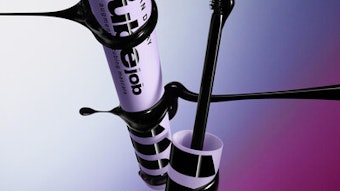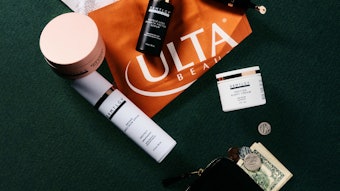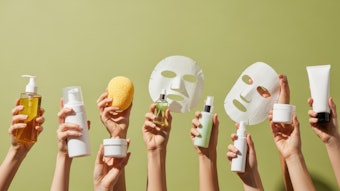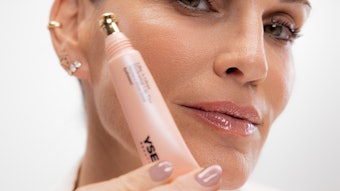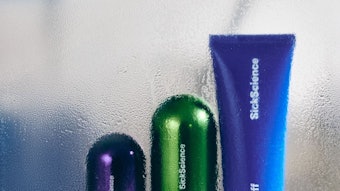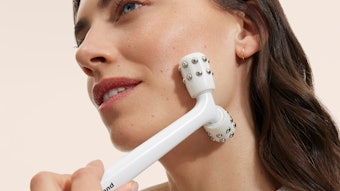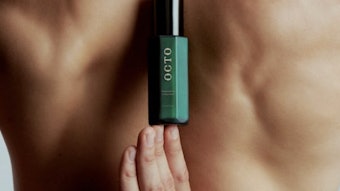According to Euromonitor International, two divergent trends are appearing across the beauty and personal care and apparel categories: tailored, custom products and multi-functional products. In a video titled “Tailored vs. Multi-Functional Trends Across Beauty, Personal Care and Apparel,” Euromonitor research analysts Ashama Kunde and Nicole Tyrimou talk about how the two trends are evidence of a growing rift between consumers who can afford personalized products, and those who need to purchase products serving multiple functions.
Kunde, an apparel research analyst for Euromonitor, says, “A key consumer trends we’ve observed has been an increasing focus on status and individuality and how we project our persona in both the digital and the real world. Tailored, personalized, bespoke—whatever the word, its clear that solutions targeted to the individual have become increasing important. In apparel, we’ve seen a revival of bespoke tailoring, which has dovetailed with the growth of men’s wear. With many luxury brands like Alexander McQueen launching bespoke and made-to-measure services in their dedicated menswear stores, we’ve also seen personalization come in the forms of monogramming and customization options for popular products like Burberry’s iconic trenchcoat. But we’ve also seen demand for garments with a more personalized fit picking up at the mass level as well, and this has really been highlighted by the huge success of Levi’s Curve ID range, which were the first pair of jeans designed with shape in mind instead of size, really highlighting a more customized approach.“
Euromonitor beauty and personal care research analyst Tyrimou says, “The tailored approach in fashion has also inspired beauty brands. In fragrances in particular, the desire for more individuality and personalized products has given rise to rare and bespoke fragrances. As a result, we’ve seen British perfumer Floris expand its store count on the back of the popularity of its bespoke fragrance services. Similarly to apparel brands. La Labo offers personalized packaging on its fragrances.
“This tailored approach has marked a shift in skin care innovation, and we’ve actually seen it moving beyond tailored products as well as beauty devices to beauty services that create bespoke formulations. A good example of this is the beauty diag[nostic] machine in Harrods’ beauty court, which can create a bespoke skin care prescription for consumers.
“On the opposite side of the spectrum, we’ve also seen an increasing popularity for multifunctionality, and that’s on the back of time-crunched consumers who are looking for quick fix solutions that provide convenience and good value for [the] money. This has been epitomized by the massive popularity of BB [and] CC creams, which combine the benefits of skin care, color cosmetics and sun care in just one single product. We can see the popularity when looking at the U.S., where the other facial makeup market was robust, to 13% growth in 2012. However, not everyone has been a winner in the multifuntionality tract. The sun care industry has slowed down in its global growth, and this is due to many color cosmetics, as well as skin care products, including sun protection as one of their new standard features,” Tyrimou finishes.
Kunde says, “The multifunctionality trend has been evident in apparel as well. But unlike in beauty, where its really being pushed by beauty companies, in apparel its rather cash-strapped consumers who are buying into products that can be worn on a number of occasions. For example, sports-inspired clothing, which can be worn to the gym, on a daily basis as casualwear, or as loungewear indoors. Some mainstream brands like Triumph lingerie and Wrangler jeans have also been using cosmetic textiles as a form of experimenting with multifunctionality. These products often include active ingredients like aloe vera to fulfill properties like moisturizing. But as of now, these beauty claims simply add a luxury feel to the product rather than fulfilling any form of true multifunctionality by replacing skin care.”
